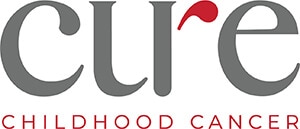We are very excited to welcome Dr. Douglas Graham to the Aflac Cancer and Blood Disorders Center of Children’s Healthcare of Atlanta, and introduce him to the CURE community. We enjoy a strong partnership with the Aflac Cancer Center, providing funding for promising research conducted by its researchers, annual funding of two fellows (soon to be three!), and serving patients and families – often within its four walls – cared for its the skilled doctors and nurses. We are proud of and grateful for this partnership. In the letter below, Dr. Graham shares insight and his vision for the Aflac Cancer Center. We look forward to continue to work in partnership for the good of childhood cancer patients and their families and all who care for them.
As the recently appointed Director of the Aflac Cancer and Blood Disorders Center at Children’s Healthcare of Atlanta, it is a privilege to become a part of the CURE Childhood Cancer family. Thank you for your remarkable support which has enabled the Aflac Cancer Center to become one of the premier centers in the country for children to receive every level of cancer care. Your financial support has been critical to our research to develop better cancer treatments, our fellowship program to train the next generation of pediatric cancer doctors and for our clinical care, which includes family emergency funds.
Kristin Connor, CURE’s Executive Director, graciously provided me with this opportunity to give you a little more insight into care and research offered by the Aflac Cancer Center, and a few exciting programs that lie ahead.
The Aflac Cancer Center has made enormous strides with support such as CURE’s, and our advances have been recognized nationally. Last year we were ranked by US News and World Report as the number one program in the state of Georgia to treat pediatric cancer patients and the number nine program in the entire country! We now have 80 pediatric specialists who are hematology/oncology/BMT faculty, and we are one of the five largest pediatric oncology programs in the nation. This is significant because we encounter every type of childhood cancer, and we are able to provide the most sophisticated care for the sickest of children with cancer, while simultaneously being a top-rated research center. We are a major referral center for the country, having cared for children from 43 states.
We participate nationally in the Children’s Oncology Group (COG), which is a collaborative group of cancer doctors across the country who take care of more than 90% of all children with cancer in the US. Within COG, we have been selected as one of only 21 sites (out of 223 COG member institutions) to be given access to the newest of cancer drugs in early phase clinical trials through the COG Phase I Consortium. Our goal is to continue to offer new therapies through COG as well as to move new treatment ideas into the clinic developed by our cancer physicians and researchers. Some new research discoveries both in gene therapy and in new cancer drug development made by our faculty are the basis for new clinical trials which are planned to be launched in the coming year in brain tumors and in leukemia.
Two examples of innovative therapies we have initiated at the Aflac Cancer Center are our MIBG program for neuroblastoma and our CAR-T immunotherapy program for relapsed childhood leukemia. We are one of the few places in the country to offer MIBG therapy, and the COG is including the Aflac Cancer Center as one of the treatment sites for an upcoming MIBG clinical trial. A new MIBG treatment room is being planned to accommodate this anticipated increase in patient referrals.
The CAR-T therapy for relapsed leukemia involves harnessing one’s own immune system to combat cancer. In this type of therapy, immune cells (T cells) are taken from the leukemia patient and modified in cell culture to be able to seek out and kill leukemia cells. The Aflac Cancer Center is one of only a handful of centers in the country to be selected as a treatment site. This therapy is successful in offering hope to children with resistant leukemia who have no other treatment options resulting in cures not previously possible.
Thank you, again, for your remarkable support of cutting edge research to cure more kids, and for your dedication to provide family centered care for kids with cancer. I look forward to continuing our strong partnership so that we can provide the best care possible for children with cancer, both today and tomorrow.



